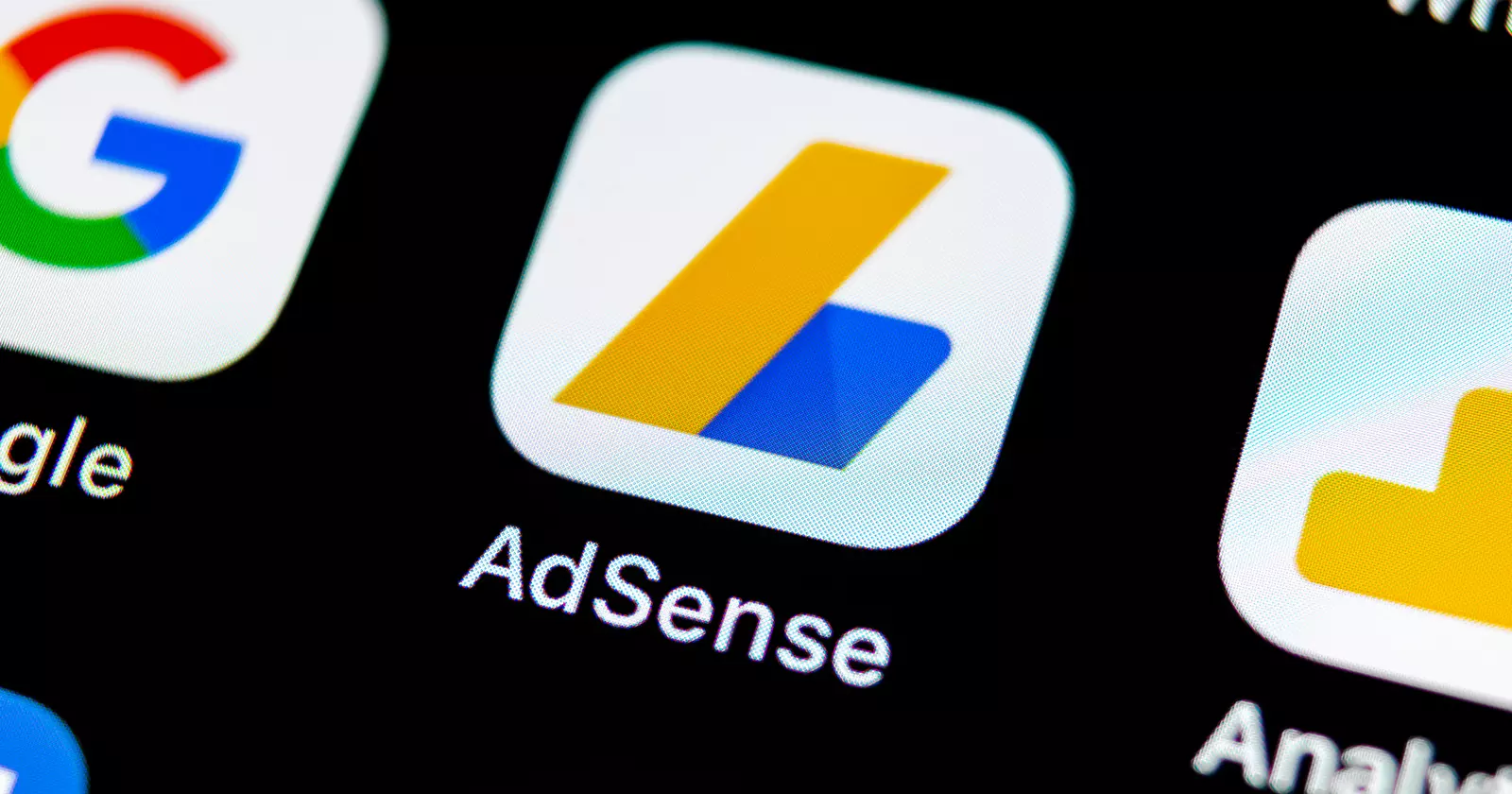
In the dynamic world of digital advertising, consistency is key. Whether you’re an advertiser aiming to captivate your audience or a publisher looking to optimize your website’s real estate, understanding the standard ad sizes is crucial. Google AdSense, a frontrunner in the online advertising ecosystem, has set specific dimensions to ensure ads are displayed seamlessly across various platforms. This guide delves into these standardized sizes, offering insights to help you make decisions for your campaigns or website layouts. Dive in to explore the dimensions that could shape your next advertising move.
Google AdSense Standard Ad Sizes:
- Medium Rectangle (300×250): Also known as a “medium rectangle”. This size tends to have more ad inventory available from advertisers and performs well when embedded within text content or at the end of articles.
- Large Rectangle (336×280): Known as a “large rectangle”, it also tends to have more ad inventory available from advertisers.
- Leaderboard (728×90): Referred to as a “leaderboard”, this size is often placed above the main content or on forum sites.
- Half Page (300×600): Sometimes called a “half page”, this format provides a larger space for advertisers and is one of the fastest-growing sizes by impressions.
- Large Mobile Banner (320×100): This size is an alternative to the 320×50 and the 300×250, offering advertisers twice the height of the standard “mobile leaderboard”.
- Mobile Leaderboard (320×50): Known as the “mobile leaderboard”, this mobile-optimized banner format is particularly effective when used at the bottom of a page.
- Banner (468×60): This format, also known as a “banner”, can fit into smaller spaces that don’t accommodate the larger 728×90 leaderboard.
- Half Banner (234×60): Referred to as a “half banner”, this size is smaller and has a limited supply of available display ads.
- Skyscraper (120×600): Known as a “skyscraper”, this vertical format fits into narrower spaces.
- Vertical Banner (120×240): This size, also known as a “vertical banner”, can fit into small spaces.
- Wide Skyscraper (160×600): Referred to as a “wide skyscraper”, this size is best used along the sidebars of webpages.
- Portrait (300×1050): Known as a “portrait”, this brand-centric format integrates well with most site content and layouts.
- Large Leaderboard (970×90): Sometimes referred to as a “large leaderboard”, this ad format expands to offer a more immersive experience.
- Billboard (970×250): This size, known as a “billboard”, is a brand-centric format that performs well when placed in premium positions on a page.
- Square (250×250): This format, known as a “square”, can fit into smaller spaces.
- Small Square (200×200): Referred to as a “small square”, this size also fits into smaller spaces.
- Small Rectangle (180×150): Known as a “small rectangle”, this format can fit into small spaces.
- Button (125×125): This size, also known as a “button”, can fit into small spaces.
(Note: Some sizes are region-specific and might not be available to all AdSense publishers globally!)
These sizes are standardized by Google to ensure that ads display correctly across various websites and platforms, providing a consistent and effective user experience. Advertisers and publishers can select from these sizes based on their specific needs and the layout of their website or campaign.